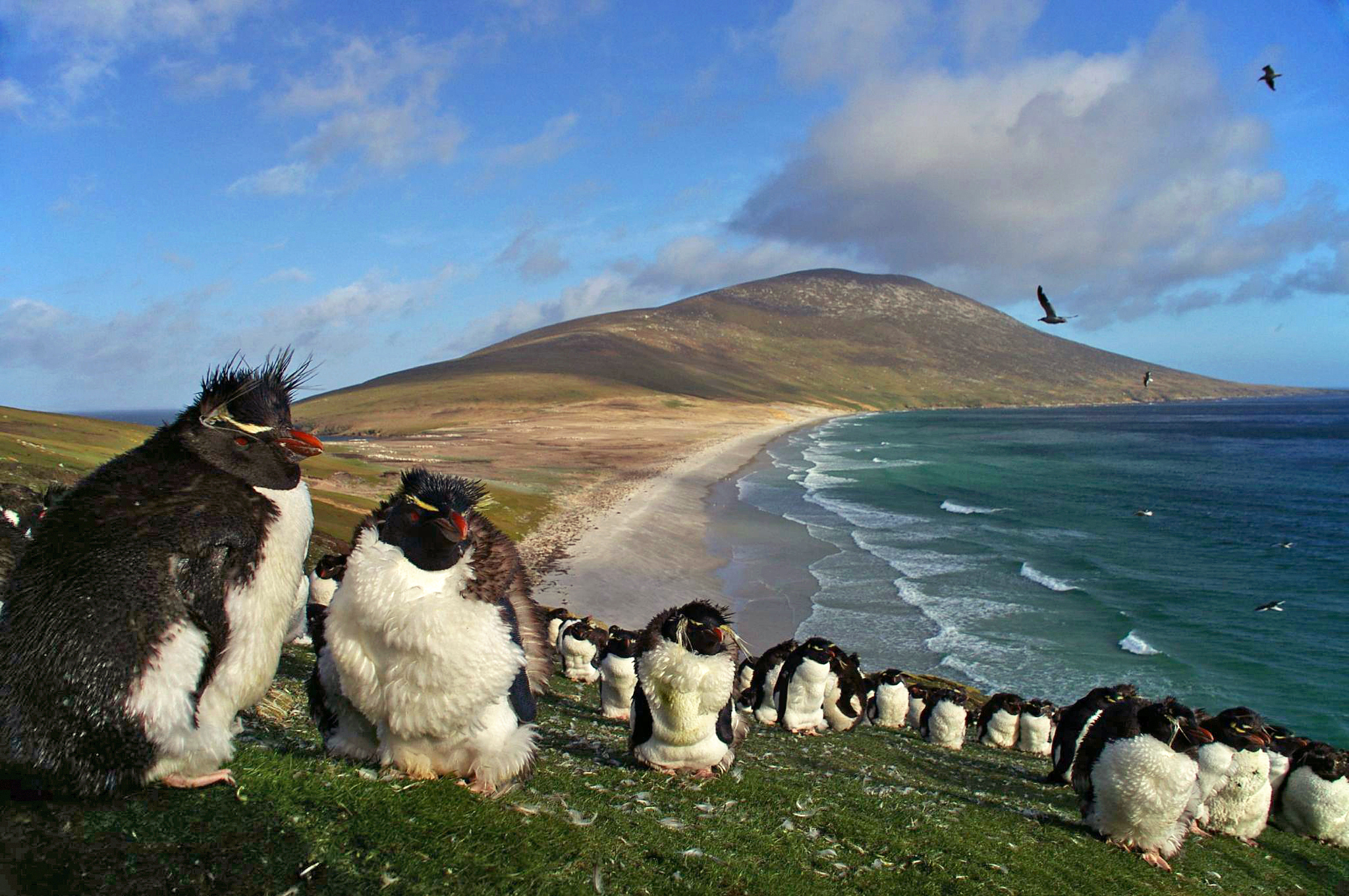As Hurricanes Irma and Harvey swept along the Atlantic this summer, they were followed by a huge undercurrent of phytoplankton. Although the two storms claimed countless lives and caused billions of dollars in damage, there was at least one unexpected benefit: Phytoplankton—single-celled organisms like plants and bacteria that populate the surface of the ocean—bloomed behind them.
For decades, researchers have pointed to phytoplankton as one of the planet’s most valuable resources. They form the basis of the marine food chain and provide half the ocean’s oxygen (while trees, shrubs, and grasses provide the other half). Hurricanes churn the ocean, bringing up nutrients like nitrogen, phosphate, and iron from the depths of the ocean and introducing them to the surface levels where plankton live. In turn, the phytoplankton bloom and spread, and marine life grows with it.
But even as hurricanes are increasing and intensifying, scientists say that phytoplankton is still in serious danger of dying out.
“Over the next 100 years, the climate will warm as greenhouses gases increase in our atmosphere,” says Andrew Barton, oceanographer and associate research scholar at Princeton University. As the climate warms, Barton says, so will the oceans—bad news for phytoplankton, since warm waters contain less oxygen, and therefore less phytoplankton, than cooler areas. Already, gradually warming ocean waters have killed off phytoplankton globally by a staggering 40 percent since 1950.
But it’s not just phytoplankton death that’s concerning scientists. Because phytoplankton thrive better in cooler waters, these organisms migrate to cooler patches of the ocean when other parts become too warm. In 2015, Barton and a team of fellow oceanographers tracked environmental changes like temperature and salinity to approximate where phytoplankton will migrate over the course of the next century. They predict that phytoplankton along the North Atlantic coast will migrate toward cooler waters off the coast of Greenland, lessening the food source for fish and other marine life.
“They’re tremendously important,” Barton says of phytoplankton. “They’re at the very bottom of the food chain, and what happens at the bottom impacts everybody.”
That includes humans. Because phytoplankton migration would cause marine life to move with it (or die, should organisms fail to adapt quickly enough to the change in their environment), that has the potential to affect fisheries and other economies in the coastal areas. But more worrisome, loss of phytoplankton would mean more carbon dioxide trapped in the Earth’s atmosphere.
Phytoplankton play an integral role in moderating the Earth’s climate. Carbon dioxide emissions—like the kind that cars produce—are absorbed by phytoplankton on the ocean surface. “The plankton absorb the carbon dioxide like a tree,” Barton says, “and when they die, they sink to the bottom of the ocean and that carbon is locked away for thousands of years. If not for phytoplankton, the carbon dioxide [in the atmosphere] would be higher, and the climate would be warmer.”

(Photo: Wikimedia Commons)
But climate change doesn’t just destroy phytoplankton and cause them to migrate. Hurricanes like Irma and Harvey, along with rising temperatures, also determine which kinds of phytoplankton bloom. And not all phytoplankton is beneficial to humans or marine life.
Changes in ocean circulation and water temperature both critically influence which phytoplankton live and which die, says Oscar Schofield, oceanography professor at Rutgers University. “It also changes how much phytoplankton and what type. The conditions of the ocean might favor a particular toxic species, and that causes it to grow,” he says. Known colloquially as “red tides,” these harmful algal blooms have been known to devastate fisheries along the Pacific and Atlantic coasts.
But as devastating as climate change and harmful blooms can be, the news isn’t all bad for marine life, Schofield says.
“At Palmer Station, there’s been a decline in the Adélie penguin population by an order of magnitude,” he says. “But sub-polar penguins that live in the Falkland Islands—those populations are increasing. Species have a lot of unknown capacities for adaptation. They can evolve and change their characteristics—but it happens slowly.”
The question is, Schofield says, whether organisms can adapt in time with the climate change to ensure their survival. For phytoplankton, marine life, and humans alike, that remains to be seen.





